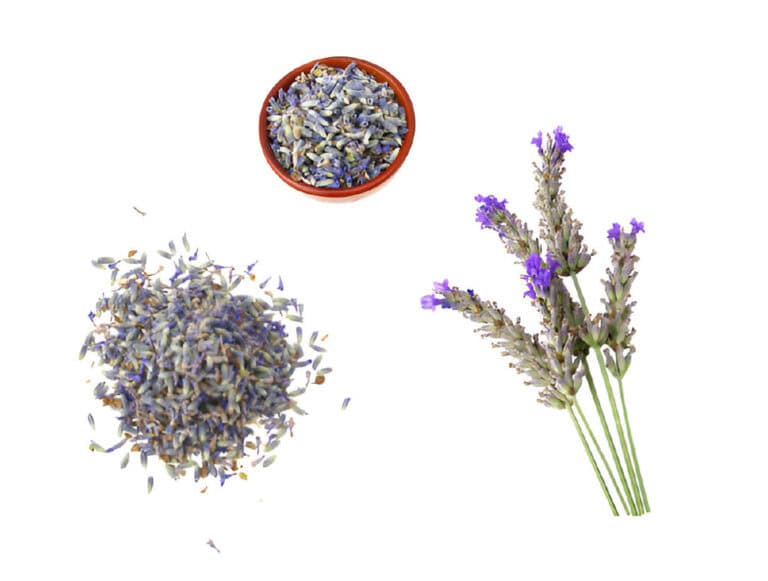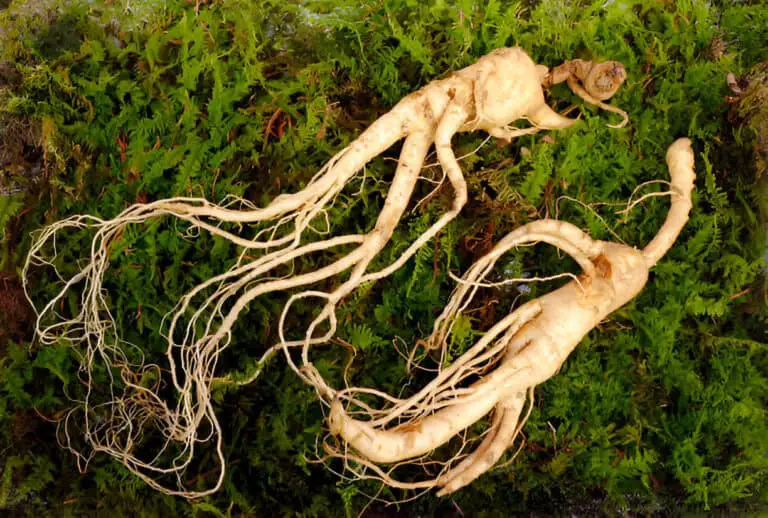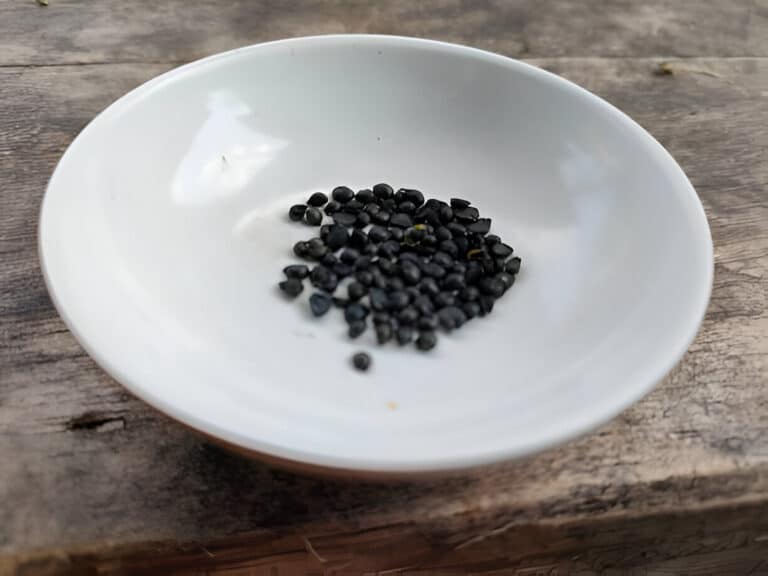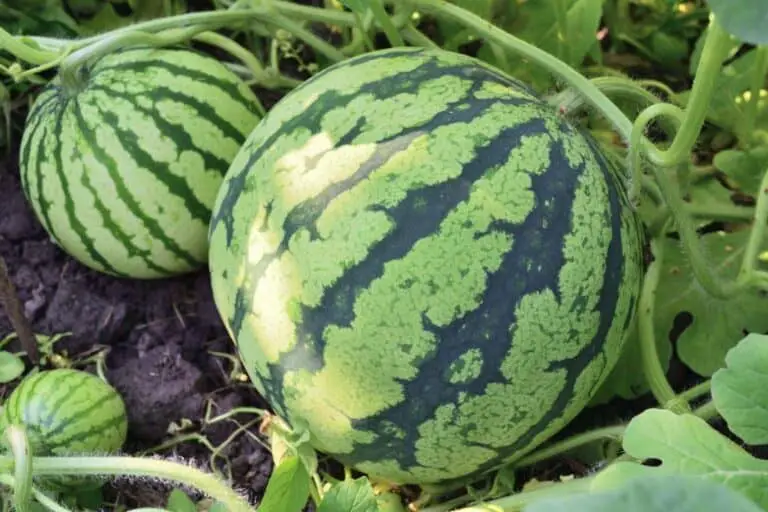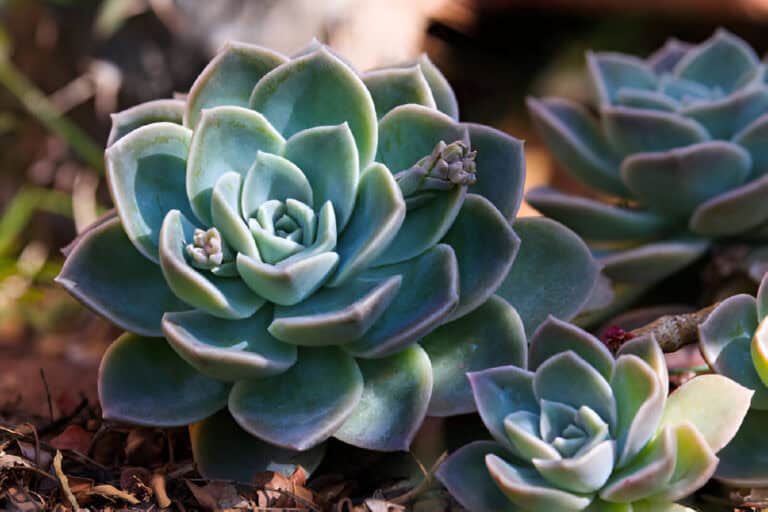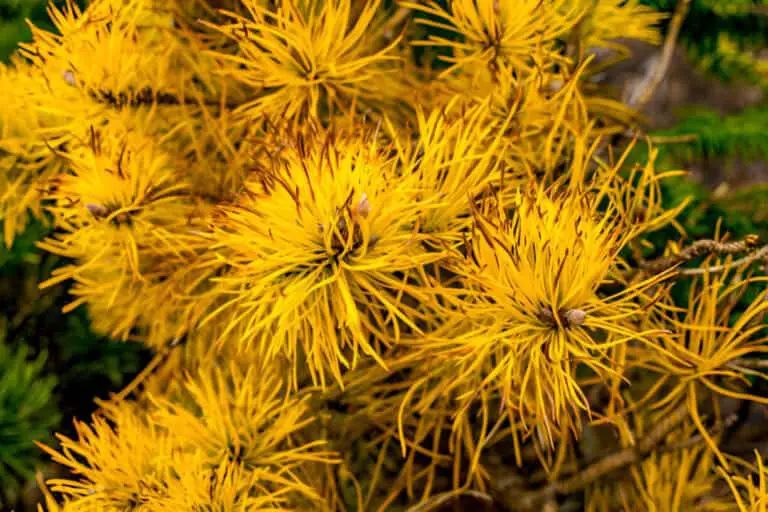Can You Plant Corn in the Same Spot Every Year? (Crop Rotation 101)
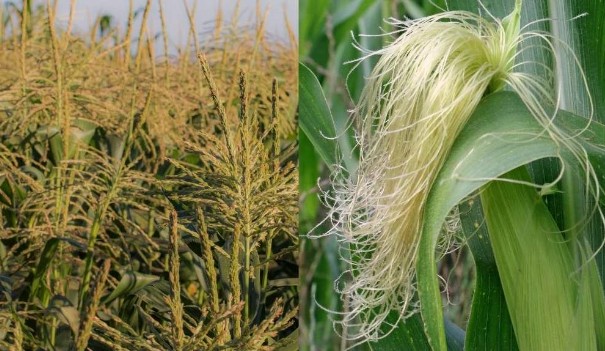
Planting corn is a staple crop for many gardeners and farmers. It involves many considerations to ensure a good harvest. One common question that arises is whether it is feasible and beneficial to plant corn in the same spot every year.
This practice, known as monoculture, has its pros and cons. Many gardeners and farmers ponder this question as they plan their planting schedules.
In this article, we will explore planting corn in the same spot every year. We will look at the good and bad and give tips for growing corn.
Can You Plant Corn in the Same Spot Every Year?
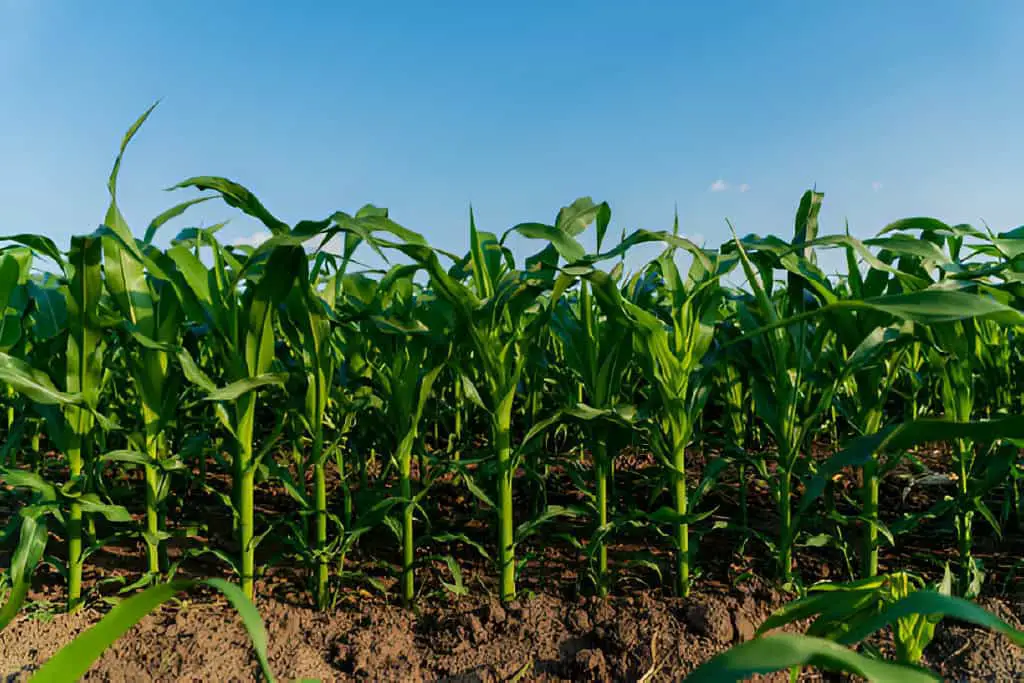
No, it is generally not recommended to plant corn in the same spot every year. Continuous corn cultivation can lead to significant yield and quality reductions due to soil borne diseases and insect infestations. Rotating crops helps to minimize these issues by breaking the disease and pest cycles that can build up over time.
Additionally, corn is a heavy feeder. It can deplete soil nutrients. So, it’s good to rotate it with other crops that have different nutrient needs. This approach ensures that the soil remains healthy and fertile, supporting the growth of diverse crops.
While some farmers have grown corn in the same spot for years without issues, it is best to rotate crops. This keeps soil healthy and prevents long-term damage.
Understanding Monoculture
Monoculture refers to the practice of growing the same crop in the same location year after year. While this method can streamline farming operations and make management easier, it also comes with risks.
The main concerns are soil nutrient depletion. Also, there is more susceptibility to pests and diseases. There is also the potential for crop yield declines over time.
Soil Nutrient Depletion
Corn is a heavy feeder, meaning it requires substantial amounts of nutrients, particularly nitrogen, to grow well. Planting corn in the same spot each year can deplete the soil of these nutrients. This leads to lower yields unless proper soil practices are used.
To combat nutrient depletion, it’s important to rotate crops. For example, planting legumes like beans or peas after corn can help replenish nitrogen levels, as these plants fix nitrogen in the soil. Another effective strategy is to regularly add organic matter, such as compost or manure, to the soil. This not only boosts nutrient levels but also improves soil structure and moisture retention.
Additionally, consider using cover crops like clover or rye during the off-season. These cover crops can prevent erosion, add organic matter, and even fix nitrogen, enhancing soil health. Testing the soil can help track nutrient levels. It can guide your fertilization. This will keep your soil fertile for growing corn.
Tips to Manage Soil Nutrient Depletion
- Crop Rotation: Rotate corn with legumes such as beans or peas, which fix nitrogen in the soil, enriching it for the next corn crop.
- Fertilization: Use organic or synthetic fertilizers to replenish soil nutrients. Applying compost or manure can also boost soil fertility.
- Cover Crops: Plant cover crops like clover or rye during the off-season to improve soil structure and nutrient content.
Pest and Disease Management
Planting corn in the same spot repeatedly can create a great home for pests and diseases. The pests and diseases attack corn. These organisms can build up in the soil and plant debris, increasing the likelihood of infestations and infections.
Strategies to Combat Pests and Diseases:
- Integrated Pest Management (IPM): Use Integrated Pest Management (IPM). It uses beneficial insects, crop rotation, and resistant corn to manage pests.
- Sanitation: Sanitation means removing and destroying corn plant residues after harvest. This reduces the chance of pests and diseases overwintering in the field.
- Crop Diversity: Diversify your garden with different crops to break pest and disease cycles.
Benefits of Crop Rotation
While planting corn in the same spot every year can be problematic, rotating crops can mitigate many of these issues. Crop rotation involves planting different crops in a sequence. It is done to improve soil health and reduce pests and diseases.
| Also read: When is the Best Time to Plant Corn in Montana? |
Advantages of Crop Rotation:
- Enhanced Soil Fertility: Different crops have varying nutrient requirements and contributions. Rotating crops helps maintain balanced soil fertility.
- Pest and Disease Control: Changing crops disrupts the life cycles of pests and diseases. This reduces their populations.
- Improved Soil Structure: Crop rotation with deep-rooted plants can improve soil aeration and structure.
Example Crop Rotation Plan:
| Year | Crop 1 | Crop 2 | Crop 3 | Crop 4 |
| 1 | Corn | Beans | Squash | Clover |
| 2 | Beans | Corn | Clover | Squash |
| 3 | Squash | Clover | Beans | Corn |
| 4 | Clover | Squash | Corn | Beans |
The Role of Soil Testing
To make informed decisions about whether to plant corn in the same spot every year, conducting regular soil tests is crucial. Soil tests provide insights into nutrient levels, pH balance, and overall soil health. This information can guide your fertilization and soil practices. It will ensure that your corn gets the nutrients it needs for optimal growth.
Steps for Soil Testing:
- Sample Collection: Collect soil samples from different areas of your garden or field.
- Laboratory Analysis: Send the samples to a soil testing laboratory for analysis.
- Interpret Results: Use them to adjust your soil management. Add specific fertilizers or lime to fix pH imbalances.
Practical Tips for Planting Corn
If you decide to plant corn in the same spot each year, implementing certain practices can help mitigate potential problems. Here are some practical tips to enhance your corn-growing success:
1. Rotate Crops if Possible:
- Continuous corn planting can work. But, rotating crops is best for long-term soil health and pest control.
2. Improve Soil Fertility:
- Regularly add organic matter, such as compost or aged manure, to maintain soil fertility. Consider using green manure crops to enrich the soil.
3. Implement IPM Practices:
- Utilize beneficial insects, crop rotation, and disease-resistant varieties to manage pest and disease issues.
4. Mulch and Water Efficiently:
- Mulch around corn plants to retain moisture and suppress weeds. Water deeply and consistently to ensure healthy growth.
Conclusion
You can plant corn in the same spot every year. But, it needs careful management to avoid soil nutrient depletion, pests, and diseases. Using practices like crop rotation, soil testing, and integrated pest management can keep soil healthy. They also ensure successful corn production.
Understand the benefits and drawbacks of monoculture. Use smart farming to get bountiful corn harvests each year.
FAQs
Can I use synthetic fertilizers to replenish soil nutrients for corn?
Yes, synthetic fertilizers can be used to provide specific nutrients that corn needs. However, combining them with organic matter like compost can improve soil structure and fertility over time.
What are some cover crops that benefit corn cultivation?
Cover crops such as clover, rye, and vetch can improve soil health by adding organic matter, fixing nitrogen, and preventing erosion.
How often should I test my soil?
It’s advisable to test your soil every 2-3 years to monitor nutrient levels and pH balance, ensuring your soil management practices are effective.

